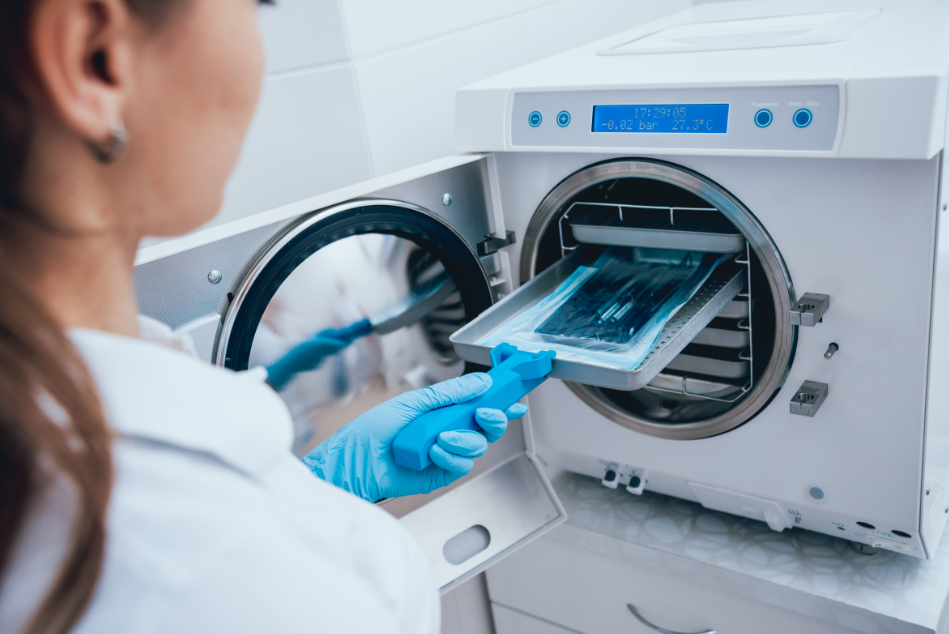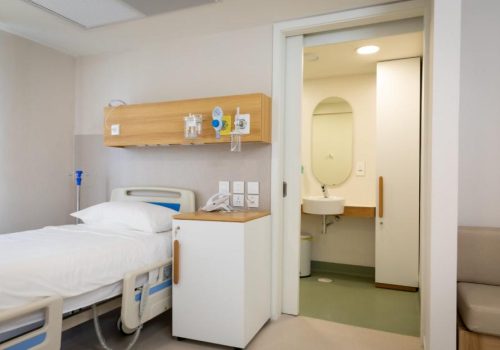The Evolution of Autoclave Machines for Medical Instruments in Australia
Autoclave machines in Australia are the unsung heroes within the medical industry. Their role in sterilizing vital equipment and instruments cannot be overstated. As Australia’s healthcare industry continues to adapt to new challenges and advancements, the way these machines operate has transformed significantly. From simple yet effective sterilization methods of the past to the sophisticated, highly automated systems of today, this evolution is more than just a technological marvel—it’s a testament to the commitment to patient safety.
Historical Perspective: From Conventional to Cutting-edge
The origins of autoclaving date back to the late 19th century when Charles Chamberland improved the design of the steam sterilizer, giving birth to the autoclave we know today. For decades, autoclaves were relatively simple devices, consisting of a chamber to hold the items and a means of generating steam. Before any surgical procedure, medical instruments would undergo a rigorous process involving pre-soaking, scrubbing, and then autoclaving—often a time-consuming effort.
With advancements in materials and engineering, autoclave machines saw a significant overhaul. Users transitioned from labour-intensive hand-cranking models to the more modern, streamlined systems, which now can be found across Australia’s healthcare facilities. These new iterations brought improvements in everything from energy efficiency to the types of instruments they can sterilize.
Technological Advancements: Ensuring Safety and Efficacy
- Autoclave technology has pivoted towards digital integration, allowing for precise control over the sterilization cycle with computerized monitoring systems.
- Modern autoclaves feature built-in printers or USB ports for data logging, ensuring traceability and adherence to stringent protocols—a must in a post-pandemic world.
- The advent of pre-vacuum and post-vacuum phases in current models greatly enhances sterilization efficacy by ensuring steam penetration even in the most complex instrument geometries.
- Safety mechanisms have vastly improved, with newer models equipped with locking systems that prevent the opening of the chamber if the contents are not fully sterilized.
- The use of RFID technology for instrument tracking and cycle validation is now more widespread, minimizing human error and enhancing overall procedural reliability.
- Energy-efficient designs and eco-friendly materials are becoming a norm, aligning with global efforts towards sustainability within the healthcare sector.
Benefits for Medical Professionals: Time, Efficacy, and Economics
- Medical instruments significantly cut down on the time medical professionals spend preparing instruments, allowing for quicker turnover and more efficient use of resources.
- Enhanced sterilization processes result in a reduced risk of infection transmission, ensuring better outcomes for patient health and safety.
- Financial implications of newer autoclave systems are profound, with increased efficiency leading to cost savings for healthcare facilities over time.
- Training for staff on using advanced autoclaves is streamlined, thanks to user-friendly interfaces and automated cycles, freeing up time for patient care.
- These technological improvements also contribute to less wear and tear on instruments, prolonging their usable life and providing long-term savings.
- With advanced tracking systems and better sterilization records, medical professionals can ensure compliance with the highest healthcare regulation standards.
Conclusion: An Ongoing Evolution in Autoclave Technology
The evolution of autoclave machines in Australia is a continuous process, perpetually influenced by the need for safer, more efficient medical practices. As the Australian healthcare sector propels towards the future, it’s clear that medical instruments will play an integral role in this transition. For the equipment technicians and medical professionals at the heart of this influence, keeping abreast of the latest advancements in autoclave technology is not just beneficial—it’s essential. Looking ahead, the advancements you see in autoclave design and functionality will likely focus on even more intelligent automation and integration with broader healthcare systems.





